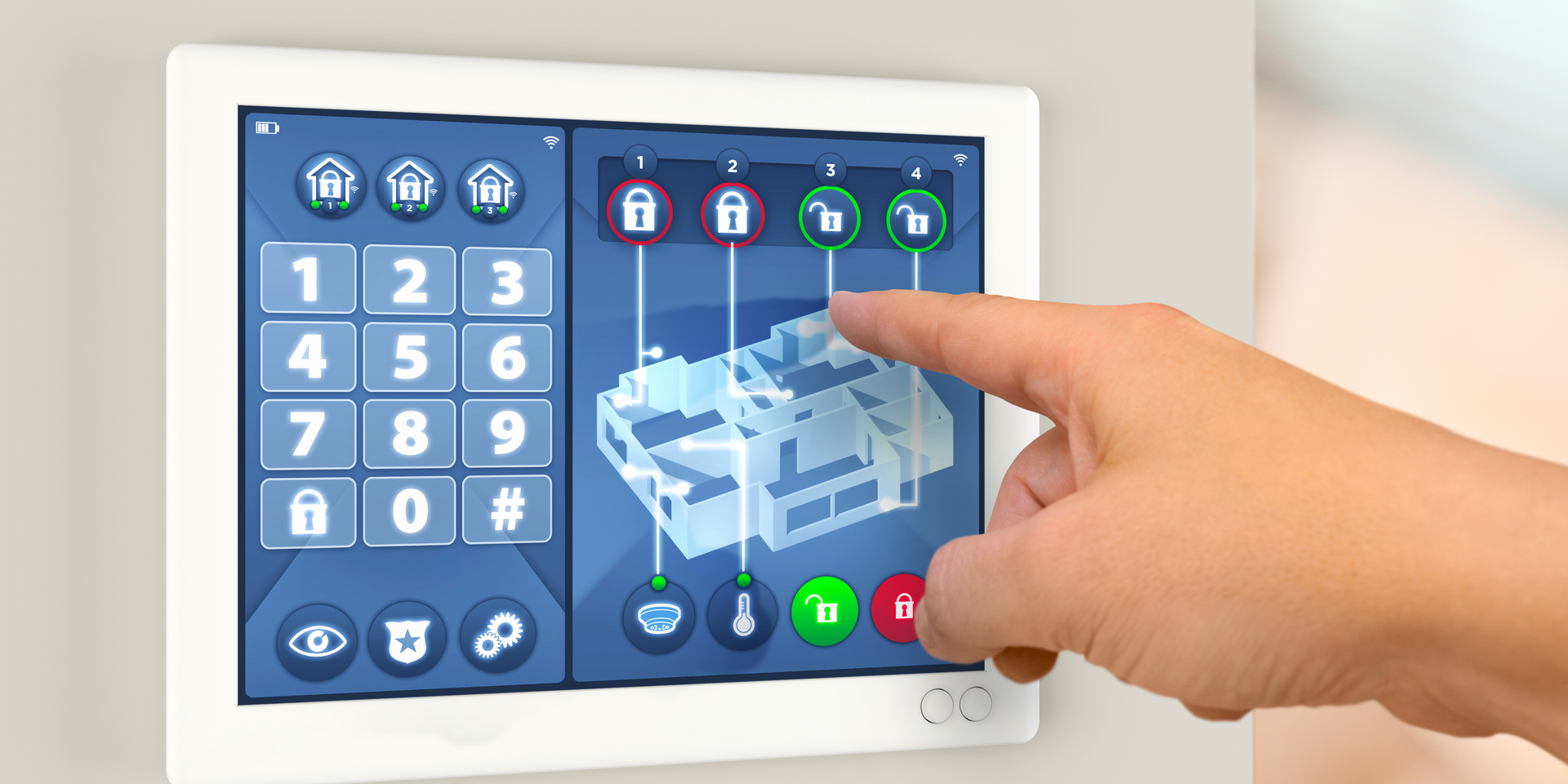How is an Energy Audit Carried Out?
The energy audit is a diagnostic aimed at measuring the energy performance of a building. Its objective is to provide for improvements in the energy efficiency of one or more buildings. This may involve carrying out work or setting up systems for measuring and analyzing energy data. How is the energy audit carried out? What are its main stages?
1) Definition of the objective of the energy audit software
Initially, the service provider in charge of carrying out the energy audit collects all the necessary information, with a view to formulating improvements. This time for discussion allows the auditor to identify the expectations of the sponsor with regard to performance and to understand the way in which the energy is consumed by the building itself, but also what are the uses of its occupants.
The expert analyzes the building, takes measurements and notes all the indicators useful for analyzing energy consumption. It then looks at elements such as the heating method, the energy bill, the electrical equipment or even the devices for improving the quality of indoor air.
2) Analysis of the data collected
After having collected the necessary data on the building and its uses, the expert in charge of the energy audit analyzes them. By comparing actual energy consumption data with the auditor’s project and / or the regulations around the energy transition, it is carrying out an in-depth study. It uses thermal calculation software for this.
After carrying out the analysis, the expert draws up a precise assessment of the building, making it possible to identify the main sources of energy consumption, but also each item of energy loss, and to classify them in order of importance. . It is on this thermal study that it will rely when proposing an energy performance optimization plan to the auditing company. This action plan includes a set of improvement scenarios submitted to the company commissioning the audit in the form of a report. It allows the auditing company to plan actions to achieve energy savings.
3) The proposal of the different energy efficiency improvement scenarios
The expert draws up different scenarios corresponding to several possible improvements in the energy efficiency of a building or of a company’s real estate stock. Each axis is developed in the report given to the auditor. This report can be consulted a posteriori if the company chooses not to carry out immediately all the work and energy optimizations recommended at the end of the audit.
To build the report, the expert takes into account both:
- The auditor’s expectations, collected in the first step
- Building measurement records
- The results obtained during the analysis step
4) Estimation of the cost of the energy optimization plan
The financial analysis of the energy optimization project is an integral part of the energy audit. It aims to estimate the cost to be expected to carry out work or, where applicable, to install a solution to measure the building’s energy consumption.
In the design office, a specific and detailed financial analysis is developed for each improvement scenario. It gives an estimate of the cost of the optimizations to be planned and the potential return on investment of each of them. In addition, there are the aids to which the auditing company can have recourse, including aid from the state, region, or department, as well as local aid.
You might also like



